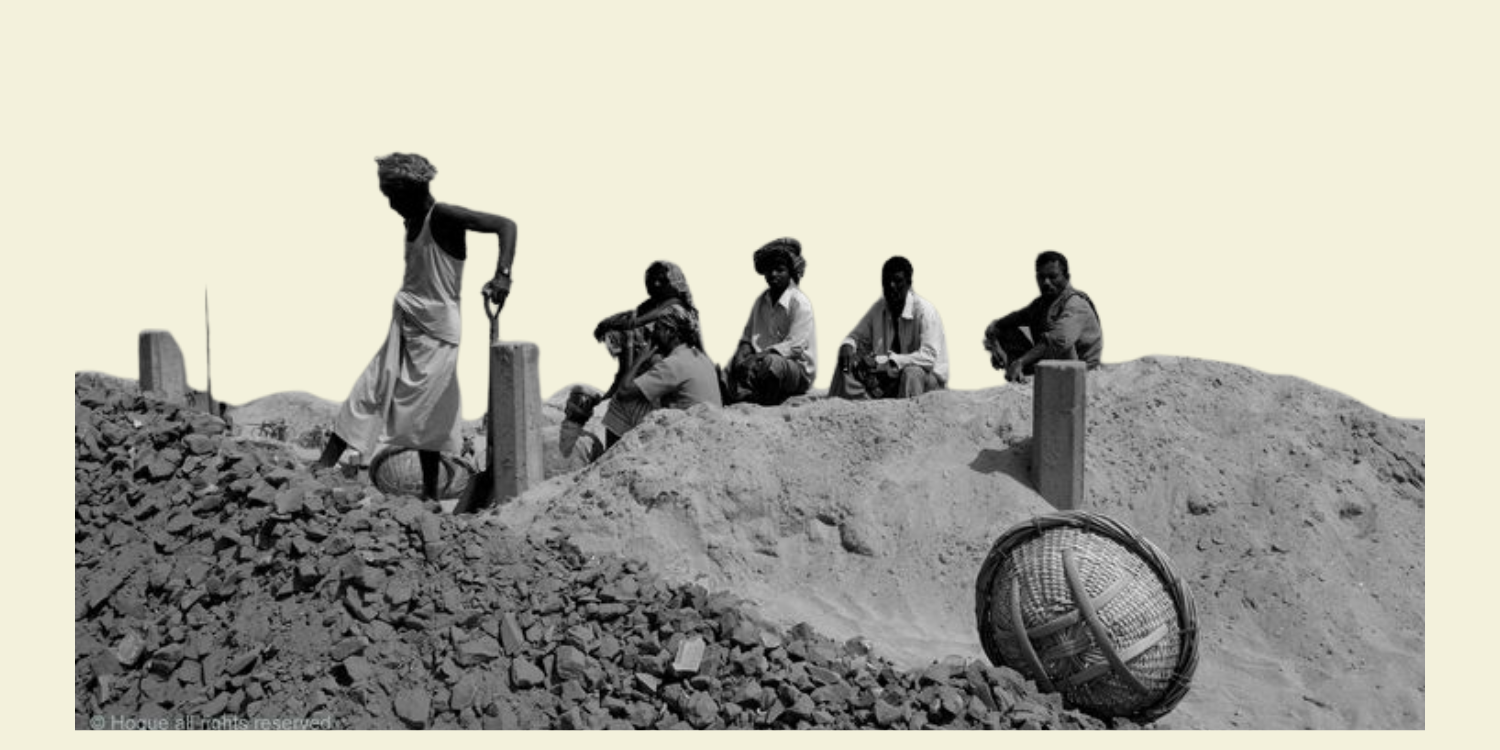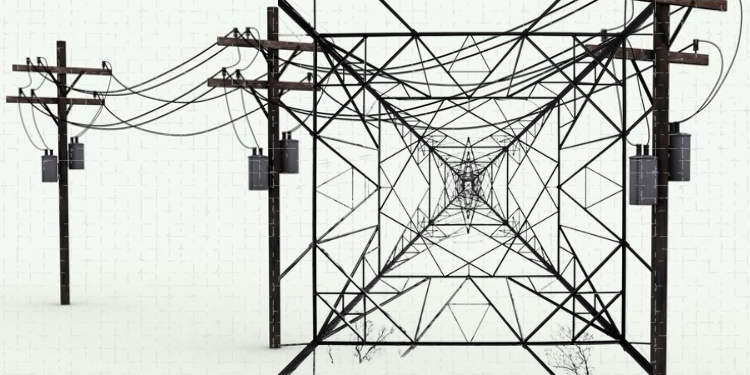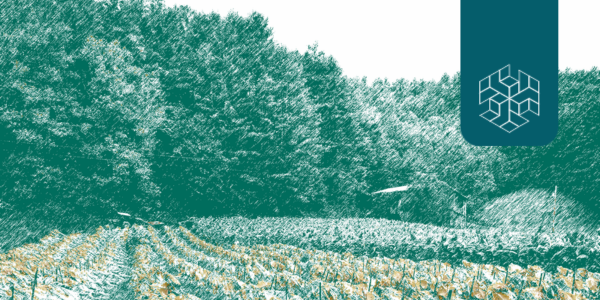
Advancing Sustainability through Circular Textile Economy
Introduction In this fast-paced world, fashion serves as a medium of self-expression, allowing individuals to showcase their personalities and ideologies through their styling choices. The choices made regarding clothing and accessories can establish a person’s social, political, and economic identity. Yet, as the world delves into this pursuit of authenticity and creativity in our appearances, […]








